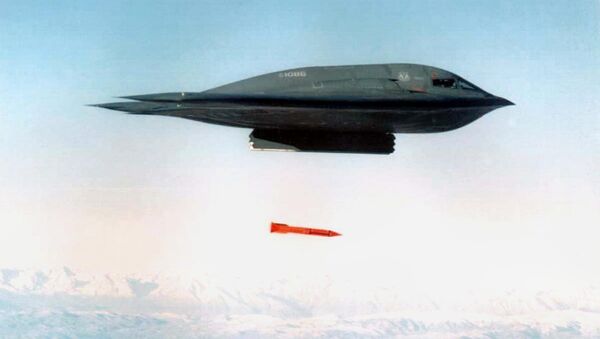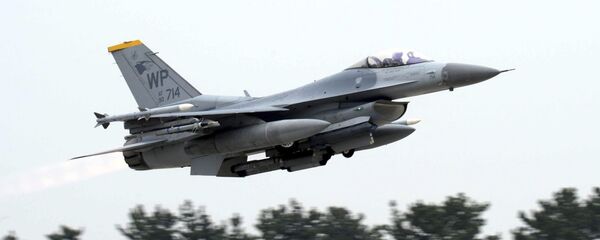"These qualification flight tests demonstrate the B61-12 design meets system requirements and illustrate the continued progress of the B61-12 life extension program to meet national security requirements," Department of Energy National Nuclear Security Administration spokesman Brig. Gen. Michael Lutton said of the tests in a press release.
The B61-12's flight testing aboard the B-2 platform was conducted on June 9 at Nevada's Tonopah Test Range under the direction of the 419th Test & Evaluation Squadron at Edwards Air Force Base, California.
The B61 Mod 12 nuclear gravity bomb is expected to be made compatible with the F-35, and to enter into service by 2020, replacing existing variants of the B61 in the US arsenal. The weapon will also be carried by the B-2 Spirit and its successor, the B-21 Raider, which is currently under development.
Originally introduced in the mid-1960s, the B61 is a 700 pound bomb with a blast yield of between 0.3 and 50 kilotons, depending on mode. For comparison, the Little Boy and Fat Man atomic bombs dropped on Hiroshima and Nagasaki in 1945 had a yield of about 15 and 20 kilotons, respectively. Some 180 B61s are deployed throughout Europe.
The Congressional Budget Office estimates that Washington will spend $25 billion on the modernization of its tactical nuclear forces over the next 30 years.


